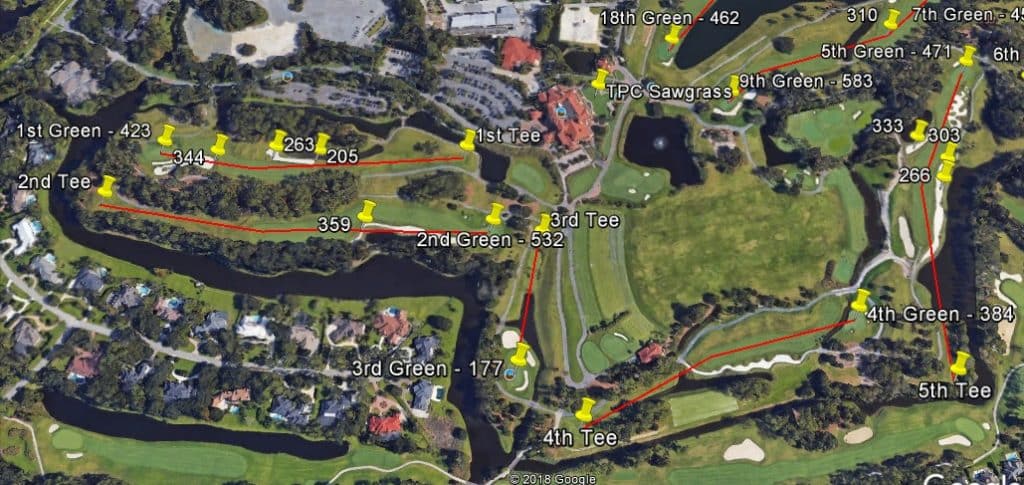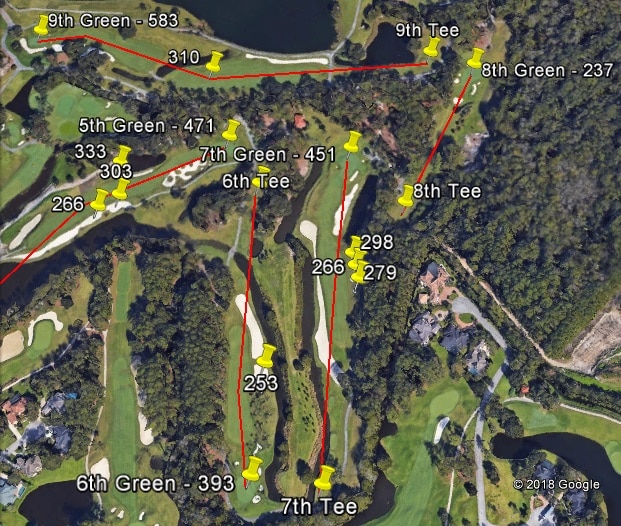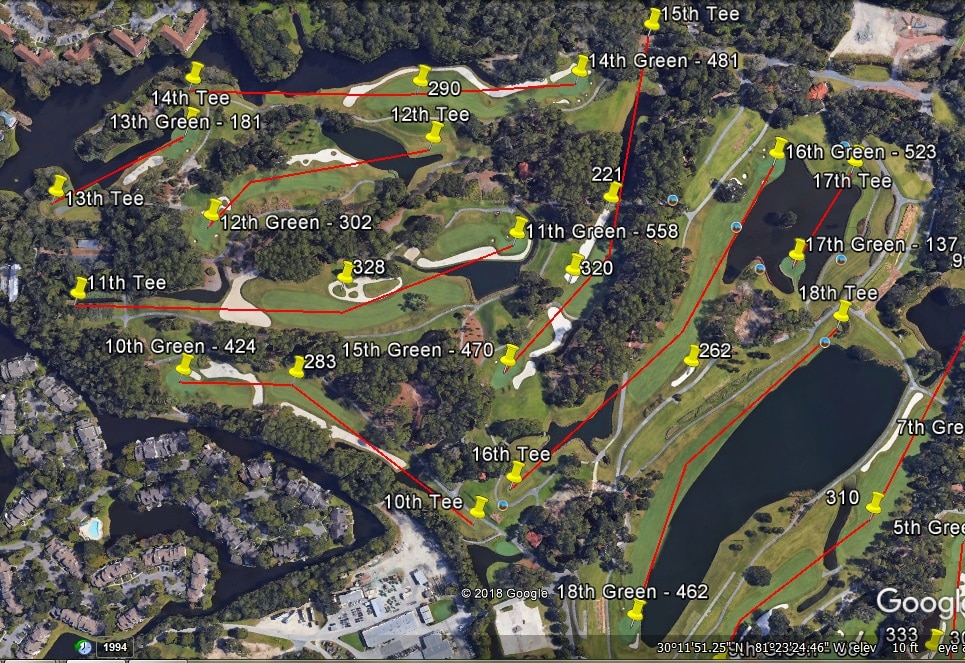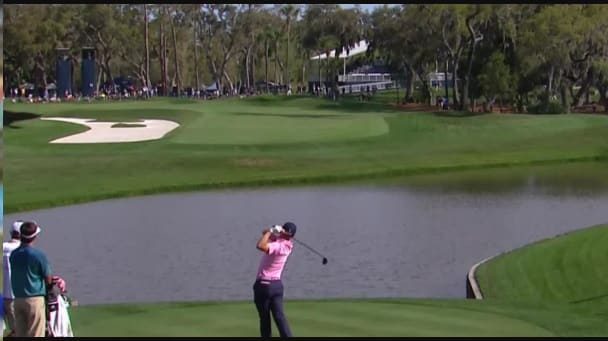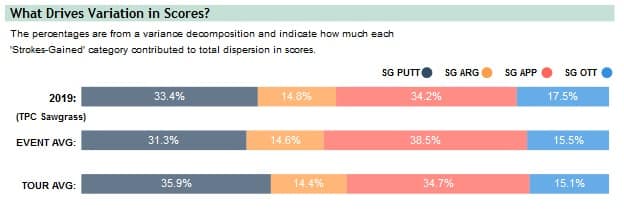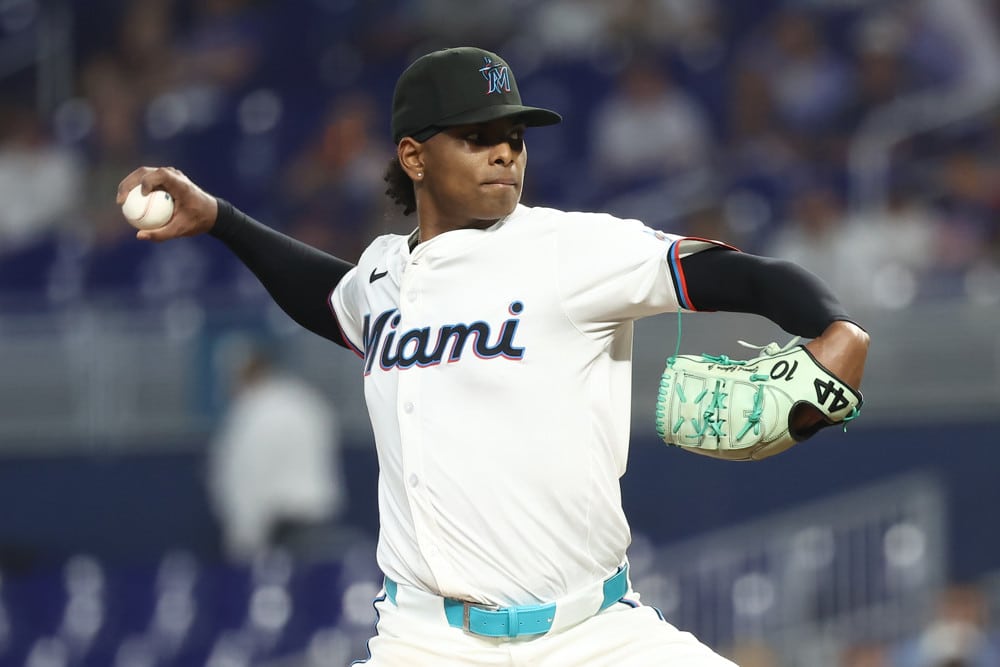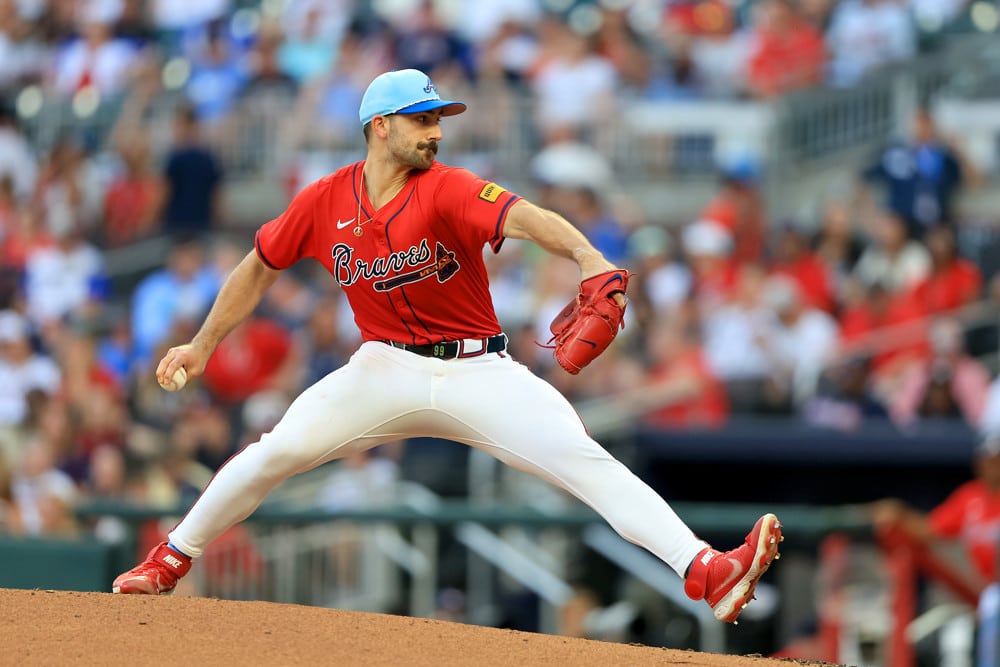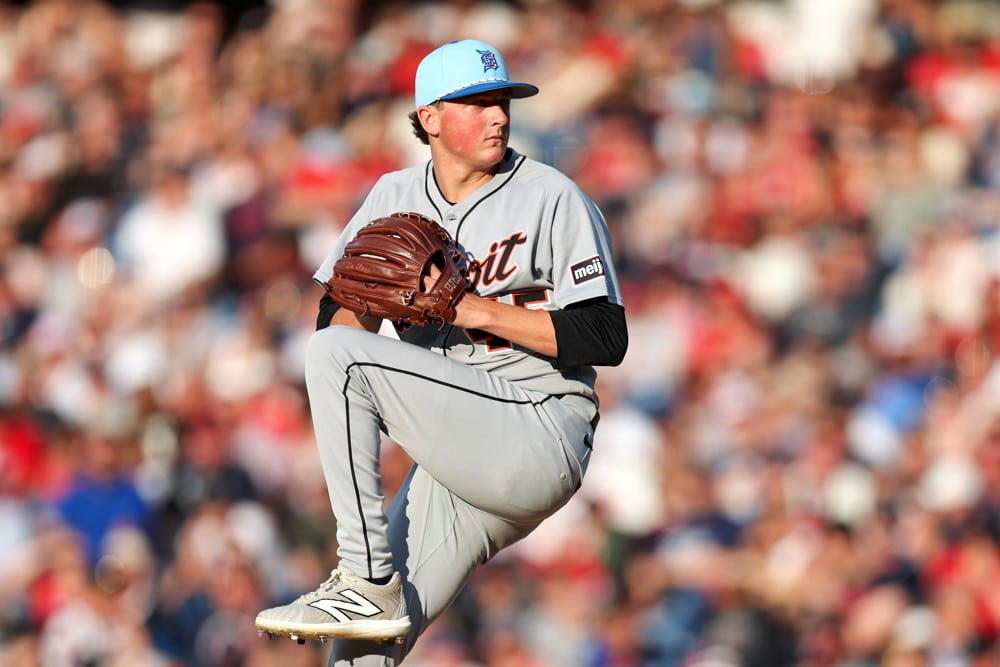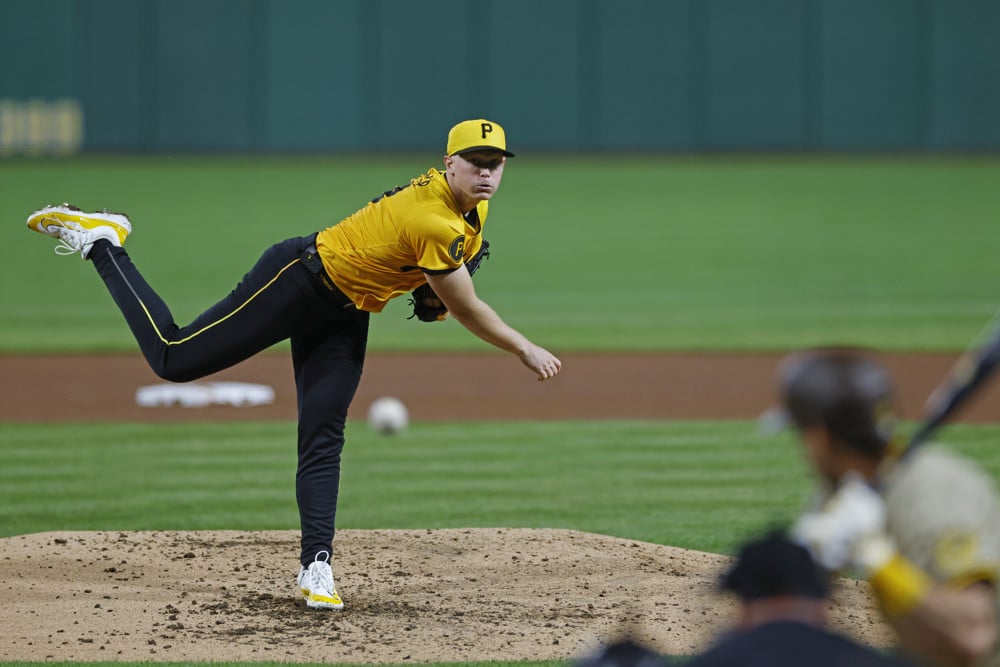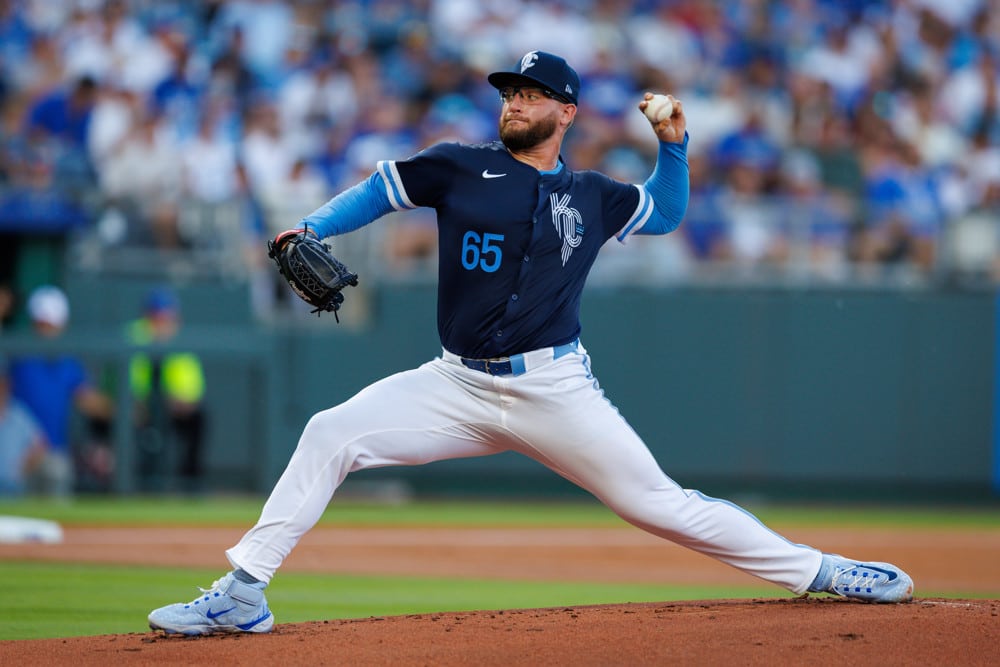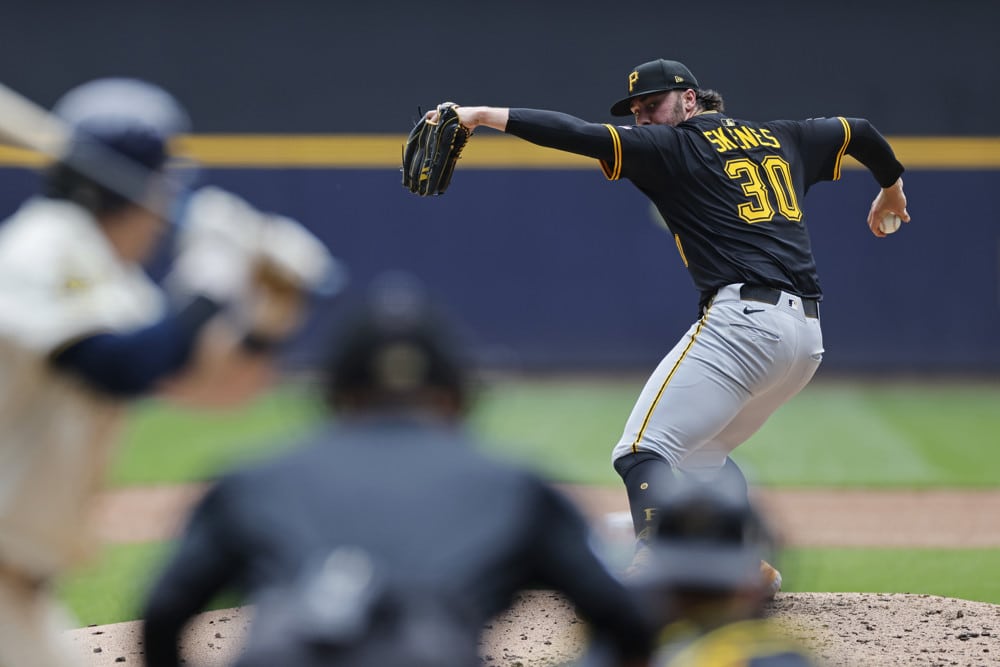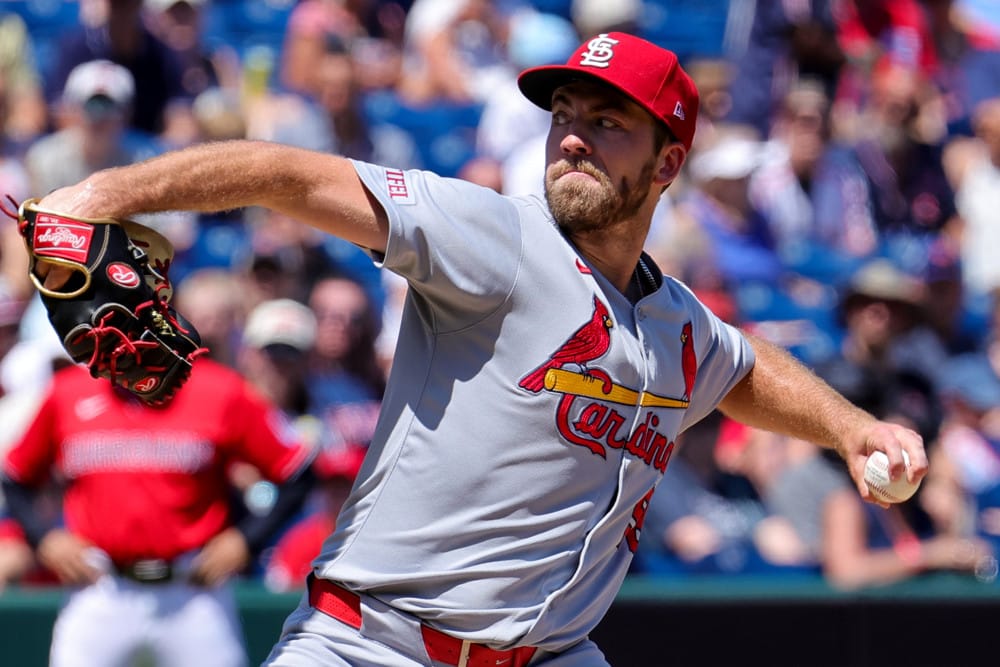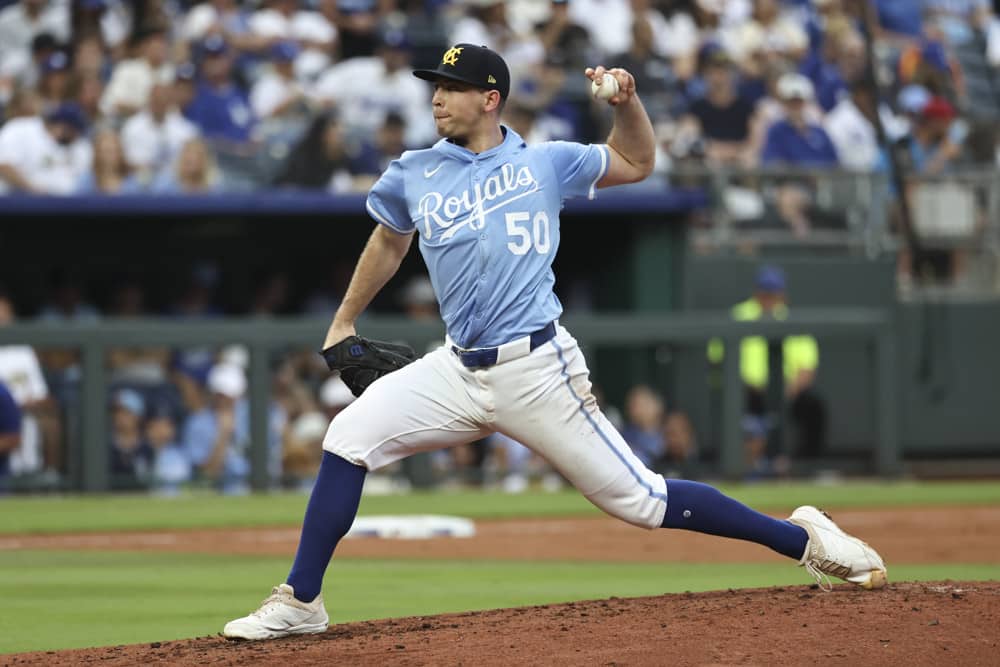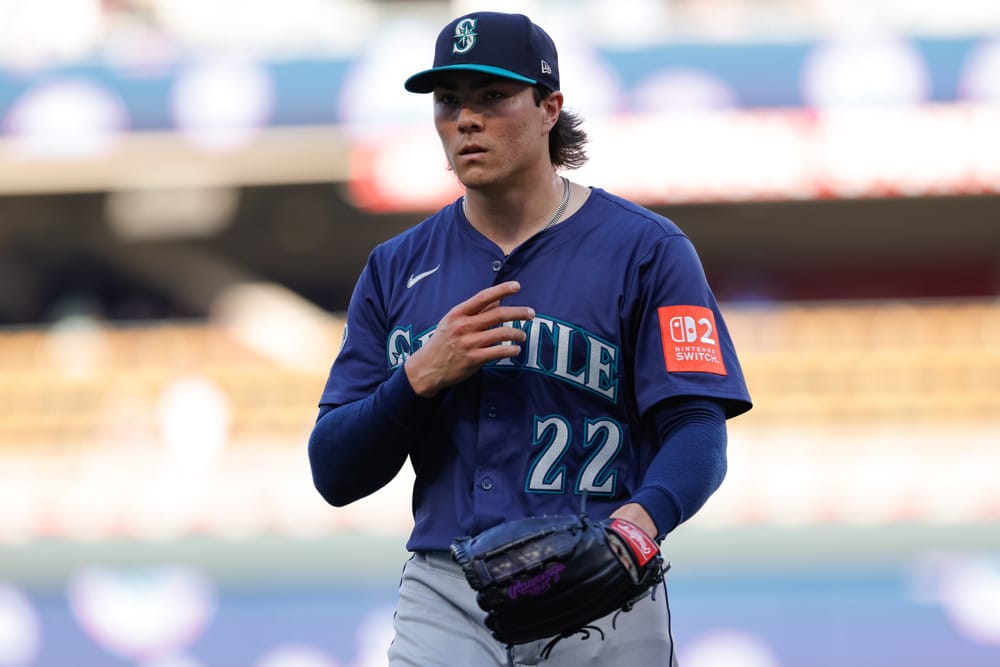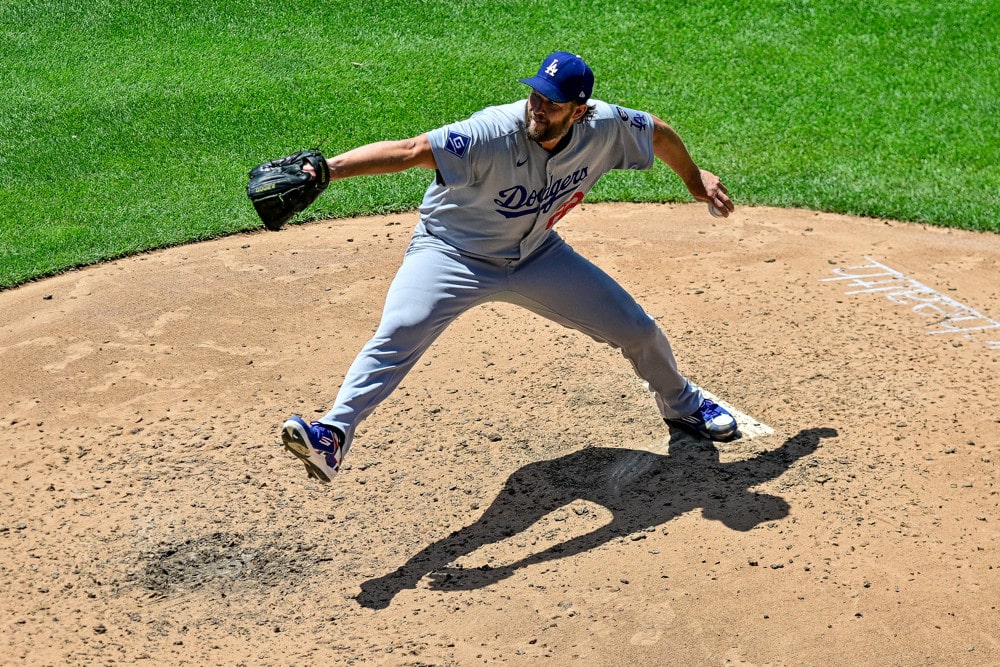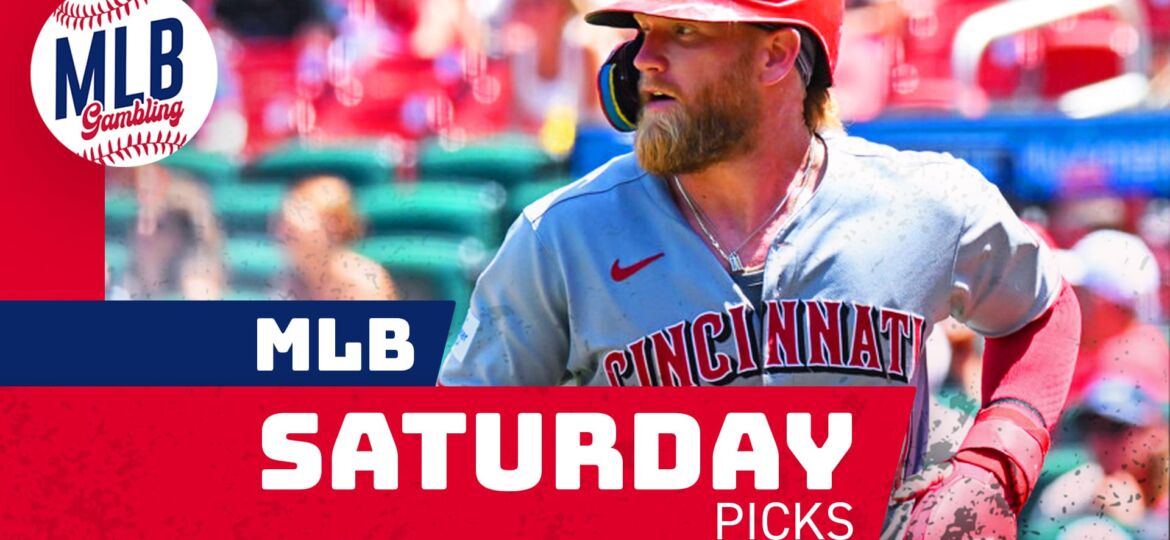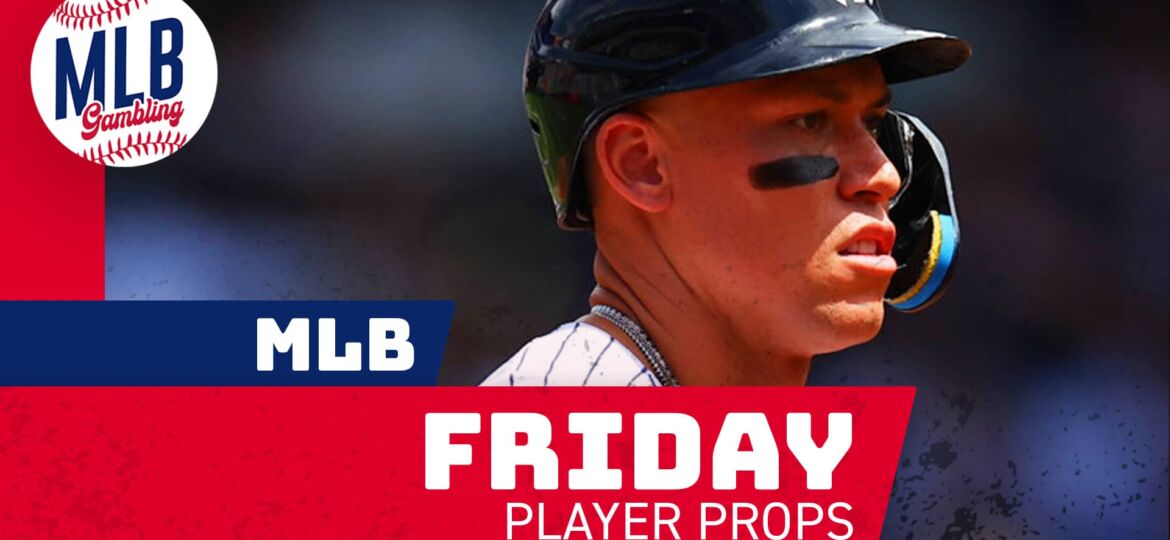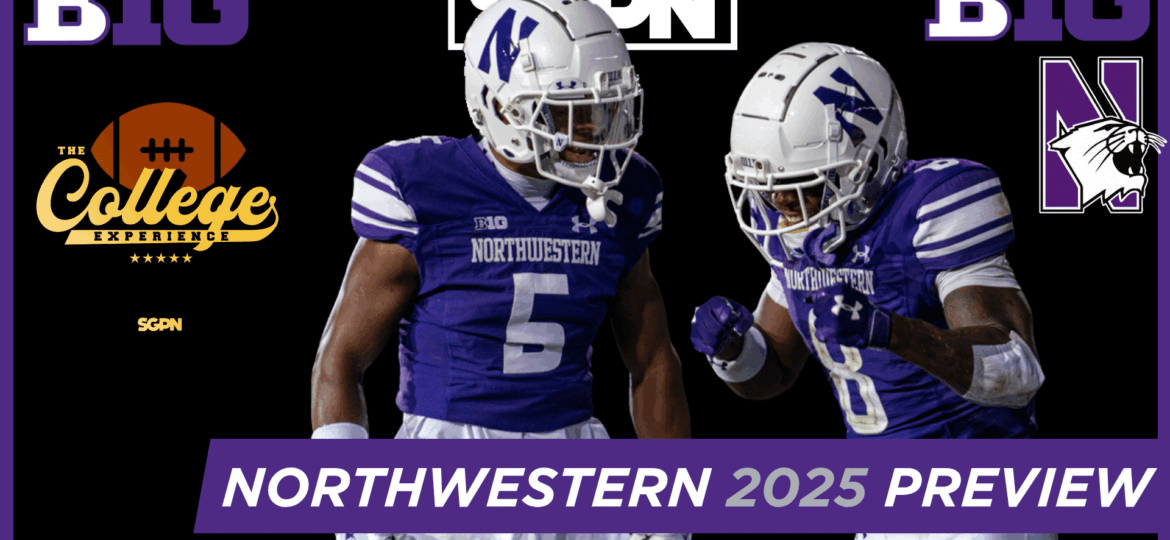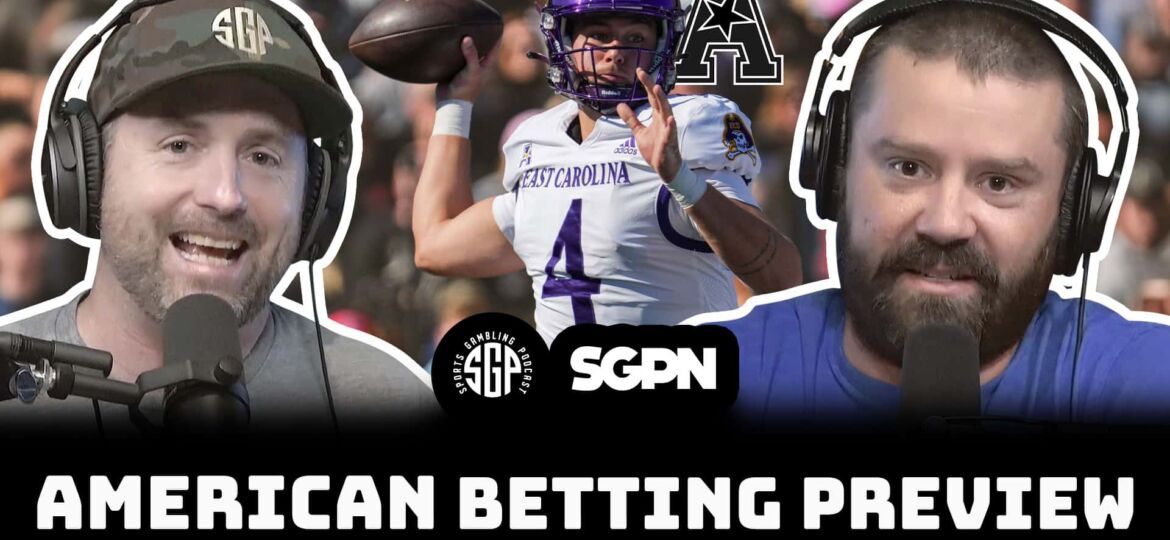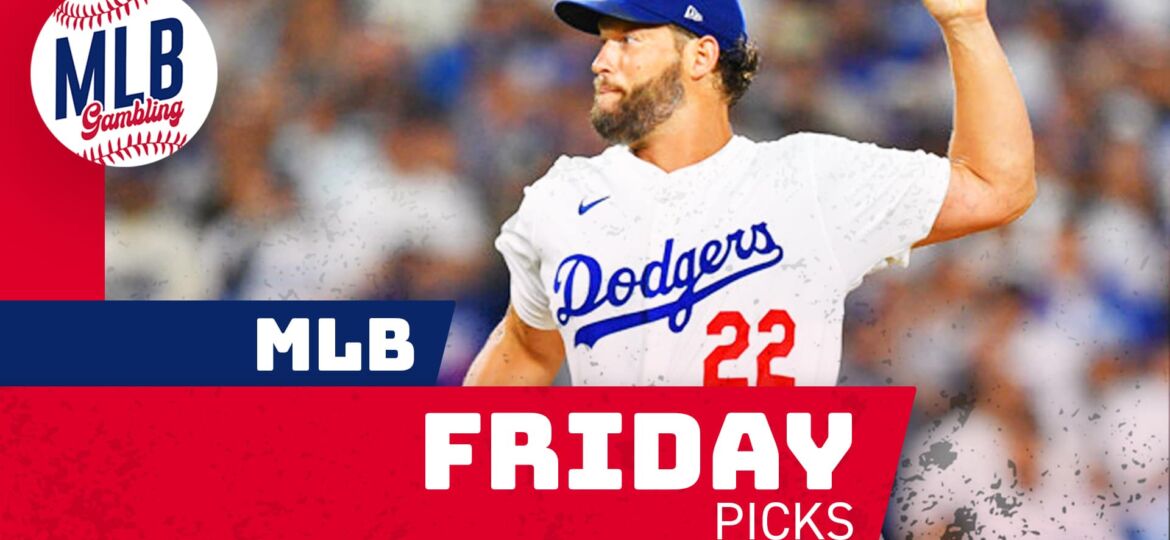It’s finally here – the first major championship of the year…or at least that’s what the PGA Tour wants you to think. The top players in the world gather in Ponte Vedra Beach, FL for The Players Championship at legendary TPC Sawgrass.
It seems like the broadcasts have been given the firm directive from the PGA Tour marketing machine to push the narrative that the Players Championship is the 5th major. That’s why you’ve seen graphics where a player’s performance at last year’s majors now includes their finish at TPC Sawgrass. Or how it’s now called “The Season of Championships” starting with the Players Championship in March (and concluding with the FedEx Cup, which equally has the marketing department giggling with delight). Once the PGA Tour inevitably splits with the USGA and R&A and create their own set of rules (assuming the PGL never gets off the ground), they’ll cut the tap dancing and full on say it’s a major. So congratulations in advance to Rickie Fowler, Matt Kuchar and Si Woo Kim – retroactive major champions!
Regardless of the propaganda, golf fans should be excited this week. The Players Championship has it all – a stacked field, a good golf course from a legendary architect, an iconic hole, a rowdy crowd and a tournament rich in history.
Here’s everything to know before placing any wagers on the Players Championship.
The Field
This 144 player field is primarily made up from last year’s PGA Tour FedEx Cup points listing. Everyone who either won a PGA Tour event since last year’s Players or finished in the Top 125 of last year’s FedEx Cup standings automatically qualify for the event. After that, players in previous Top 125 standings who are currently on a major medical get in, along with past major champions from the last 5 years, previous Players Champions, and non-members who are currently in the Top 50 of the Official World Golf Rankings. The field composition is basically akin to the PGA Championship, and even though this event is not technically a major it boasts a field as strong as one.
Instead of highlighting the major names in the field (because most golf fans should already be very familiar with who’s playing), it’s much more noteworthy to highlight players who will not be playing the 2020 Players Championship. Only one significant player will for sure skip the Players Championship, but his absence is going to be quite costly for the PGA Tour in the TV ratings department. Tiger Woods released a statement this week that his back is continuing to give him issues and he will not play TPC Sawgrass this year. This is very, very troubling news given the numerous back injuries and surgeries he’s had over the last 10 years. After the first 9 holes of the Genesis Invitational, he limped home to the finish and did not look right. He skipped Bay Hill last week, an event that is a staple on his annual schedule. And now he’s withdrawn from the Players Championship.
This should be a flashing red warning sign for his fans. We’ve seen this story play out before and his camp is so tight lipped we can only guess the severity of the injury. I try to be as non-partial as I can when picking players to bet on, but if he has to undergo yet another back surgery to knock him out for the year I’m going to be very, very heartbroken as a fan of his. And I’m very worried this is the road we’re headed on once again.
Another player to keep an eye on is Jason Day, who also withdrew from Bay Hill last week due to a back injury. Unlike Tiger, however, I’m not all that concerned that he’s going to miss the Players Championship. Jason Day has the reputation of being a bit of a drama queen when it comes to the health of his body. One wonders if he’s even possibly a hypochondriac with how often he laments about a balky back, or a cold, or his supposed bouts of vertigo. We’ve seen this song and dance from Jason Day before where he withdraws from an event due to “injury” only to come back 4 days layer completely fine. He should be good to go next week.
Lastly, the PGA Tour is pulling out all the stops in terms of coverage. It’s expanding it’s PGA Tour Live content to feature streaming video of every player in the field. This is absolutely groundbreaking coverage from the PGA Tour and certainly comes at a hefty price tag to deliver it to fans. This is also groundbreaking in terms of gambling, as you can watch an in-round head-to-head matchup prop play out in real time and sweat it out shot by shot! This is only a treat fans will be able to enjoy for one tournament only, but I’m very much looking forward to taking advantage of the additional coverage.
The Golf Course
The late Pete and Alice Dye have created some of the most iconic golf courses in the world, but TPC Sawgrass is considered their crown jewel achievement. The golf course opened in 1980 after then PGA Tour commissioner Deane Berman sought to find a permanent home for a new illustrious event. The PGA Tour lacked a defining tournament on it’s schedule, and Berman hoped the creation of the Players Championship would some day rival that of the other four majors.
After being rebuked by several country clubs around the Jacksonville area, Berman decided to build one himself. He purchased 415 acres of wooded swampland from two prominent landowners in Ponte Vedra for $1 (or so the story goes – I’m going to venture to guess there was some sort of royalty agreement also involved that the PGA Tour doesn’t want to disclose because it destroys their feel-good narrative). He then hired Pete and Alice Dye to fulfill his dream of creating a challenging and iconic golf course that could deliver drama and provide spectators with a stadium-like atmosphere to enjoy the proceedings.
And with that, the Stadium Course at TPC Sawgrass was born:
I wouldn’t say the Stadium Course is the “crown jewel” of the Dye collection of golf courses. Of the more mainstream Dye golf courses regularly seen on the PGA Tour and as major venues, I prefer Whistling Straits and Austin Country Club. Several of his non-professional golf courses like French Lick and Blackwolf Run consistently appear on Top 100 Golf Course Lists in the world. And for most amateurs, the Stadium Course is quite a tough endeavor. With the positioning of bunkers, water hazards and the greens, sloppiness at the golf course is severely punished. While it might be a bucket list golf course, there will certainly be those who walk off the 18th very frustrated with their play.
But in terms of a test for the best players in the world, this golf course is perfect. There’s a very wide variance of scores at the Stadium Course because of it’s layout. Those who are aggressive and striking the ball well will be handsomely rewarded with great angles into pin positions. Others who are timid or very loose with their tee shots and irons will have tough sledding.
Many holes at the Stadium Course utilize hazards very well. Some golf courses position hazards to punish bad shots even further, and don’t give much of an incentive to hit towards them with the reward of a perfect angle for their second. Not the stadium course – Pete Dye positioned hazards (particularly the long, elongated bunkers hugging the fairways) in harmony with the angle of the green from front to back to encourage the bold to hit towards them off the tee. Here’s a few examples of this:
1st Hole
Here, hybrid or three wood off the tee down the right side of the fairway towards the bunker is the ideal shot. From there, the green is wide open for anyone, whether they prefer to hit a draw or a fade in. Anything down the left is “safe”, but the second requires a carry over two bunkers and limits the landing zone onto the green, particularly on back left pin locations.
7th Hole
Here, players are free to pull driver, but those who challenge the left side of the fairway towards the elongated bunker and the water hazard have a better access to the green. They also can eliminate the collection area on the back left of the green, unlike those who hit their tee shot down to the right where it’s in the back of their mind for their second.
11th Hole
This is a tricky Par 5. There’s a large bunker complex down the left side of the fairway that players don’t want to be in (more on this in a second), so the drive has to be down the safe right side of the fairway. But for the players second they’ll have to play over both a water hazard and a long elongated greenside bunker into a relatively small green. Players have to work for their birdie on this hole.
You may be wondering why there’s a pushpin called “Jon Rahm” in the above Google Earth imagery of the hole. When I think about this hole, I’ll always remember what transpired with him in the final round of the Players Championship last year.
Rahm entered the hole tied for the lead, but he double crossed his drive into the fairway bunker above. His view to the green was blocked by a tree, and the left to right wind made trying to go for the green almost an impossibility. The sensible play was to hit a wedge back into the fairway and set up another wedge to the green in hopes of sticking it close to salvage a birdie, or at worst escaping with a par.
But sensibility sometimes eludes the fiery Spaniard, and what transpired from there is some of the best camera and audio work ever captured in a golf tournament by NBC:
“I don’t understand any of that” uttered Roger Maltbie, and he’s exactly right! What exactly did Rahm think was going to happen there? Not only was the left to right wind going to fight the huge hook he was trying to hit, but it was going to knock the ball down way short of it’s intended target. Of course it was going to go into the drink! You can make the argument his caddie needs to shut up, nod his head and let his player hit the shot he wants. But he, like all of us screaming at our television set, knew exactly what the outcome of his decision was going to be. It’s one of the most reckless course management decisions of all time.
For the most part, there have been very few alterations to TPC Sawgrass over the years. However the Par 4 12th is one that’s had a few significant changes. For years, it played as a drive and pitch 358 yard Par 4. Before the 2018 Players Championship the course moved the box 50 yards up, rebuilt the elongated fairway bunker, added a greenside pond and completely rebuilt the green to create a driveable 302 yard hole:
Old 12th Hole
New 12th Hole
The hole is definitely risk-reward, but I think there’s a little too much risk for my liking. It’s a very narrow green with short grass run offs into collection areas, along with the large water hazard left for any player who overcooks a draw or fade into the green. It also gives longer hitters a really big advantage on the hole over shorter hitters, as they can hit a more controllable 3 wood to the front of the green to get up and down for birdie.
While the golf course has some very good architectural traits, it’s the 17th hole that’s the most famous and the one most fans immediately picture when they’re asked to think of the first thing that comes to mind about TPC Sawgrass.
The hole isn’t an architectural masterpiece, but if my opinion it’s the most famous hole in golf. When you ask casual golf fans, or even non-golf fans, what they know about the Players Championship, the first thing they’ll think of is the 17th. It’s iconic, it’s full of glory and failure, and from a spectator standpoint it’s tough to beat. It’s a great viewing opportunity for anyone in attendance to witness high drama where a tournament can swing on just one bad shot.
There’s disaster lurking for anyone stepping up to the tee, as Sergio Garcia found out back in 2013 as he went toe to toe with Tiger:
It can also be the setting for incredible drama and give rise to one of the most memorable calls in golf broadcast history:
TPC Sawgrass isn’t the caliber of golf course that deserves to be held to the same esteem of Augusta National, Shinnecock Hills, Oakmont, and countless other golf courses in the United States that actually host majors. But TPC Sawgrass has a great blend of challenging holes and mainstream appeal to be a great host for a usually exciting tournament.
With the move to March, it was expected that the golf course would play firm and fast with the bermuda fairways and rough still dormant this time of year. However, before last year’s tournament the golf course was overseeded with rye last so that the Stadium Course will be lush and green as the Emerald City. That’s a little disappointing, but considering the players largely dislike firm and fast conditions and the PGA Tour is all in on pushing the event as the “First Major”, it’s not an overly surprising move. And as we’ll discuss in the next paragraph, it also could have drastically changed the type of player who are expected to be on top of the leaderboard.
Betting Strategies
For years, TPC Sawgrass was known as a less-than-driver golf course where it was vital to stay in the fairways and placed a premium on iron play. If the golf course hadn’t had much rain and experienced windy conditions, carnage could ensue because the golf course would play so firm and fast that it would be difficult to hold both fairways and the green. Typically the type of player to target at the Players Championship are those known as premium ball strikers who had great experience on fast bermuda greens to pour in the ever elusive birdie.
Accuracy was so important at TPC Sawgrass that on the relative skill set dataplot of what attributes are elevated, it stuck out like a sore thumb:
Relative Skill Set Chart – TPC Sawgrass
(Per DataGolf)
Then the PGA Tour drastically changed the set up of the golf course as part of their initiative to improve it’s stature in golf championship lore. The fairways and rough were heavily overseeded with bentgrass rye to give the golf course a beautiful emerald green complexion. They shaved down the rough to only about an inch and a half to reduce how penal it was. And they soaked the golf course with water to make it much softer than the firm and fast tracks that were seen there when the tournament was played in March.
In all honesty, TPC Sawgrass looked more like Augusta National than the Stadium Course:
Not only did it look more like Augusta National, but it played like it too. The final leaderboard of the 2019 Players Championship looked a lot like one you would expect from The Masters. Rory McIlroy. Jon Rahm. Jason Day. Dustin Johnson. Justin Rose. Hideki Matsuyama. A lot of players who have very good track records at Augusta National but weren’t exactly known as TPC Sawgrass studs popped up at the of the leaderboard at the end of the week.
For years, there was a good mix of long and short players in terms of driving accuracy and distance, but last year’s leaderboard was mostly dominated by some of the longer hitters in the game. Sure there were your Jim Furyk’s and Brandt Snedekers, players that typically play well at TPC Sawgrass under the old conditions. But there were a lot less of them and more of the long tee-to-green monsters.
By softening the golf course, overseeding it and cutting the rough to an inch and a half, suddenly hitting it in the rough wasn’t all that bad. The overseed tended not to yield all that bad of lies in the rough and might actually pop the ball up so the player could get great contact on it. With a softer green it was much easier to keep the ball on the putting surface. In previous years, a ball in the rough would almost assuredly lead to a bad lie. That would result in either a hack out with a wedge or a flier where air mailing a rock hard putting surface was an almost near certainty.
This shift was also evident in the dispersion of scores from the 2019 leaderboard, which placed a much greater emphasis on strokes gained off-the-tee than in years past:
(Per DataGolf)
Was this just a one year aberration or is this how TPC Sawgrass is going to play going forward? I think we’ll need to see how the PGA Tour sets up the golf course again this year, if they’ll overseed it as much as last year and how much water they’ll look to add to the golf course. If it’s not as heavily overseeded and they refrain from overwatering the golf course, then we should see a golf course more similar to the firm and fast track we’re used to seeing in a March Players Championship. Those types of leaderboards is what we’ll expect. But if they set it up the exact same as last year, then I think the play is to back the same types of players we saw at the top of the leaderboard in 2019 or those that typically play well at places like Augusta National.
There will be a ton of coverage and break downs of the golf course on Golf Channel in the days leading up to the tournament. Make sure to watch the tournament preview shows and see how the golf course looks. Listen to what Brandel has to say. Listen to some bread crumbs left by the players in pre-round interviews. If it looks as vibrant green as last year and they show highlights of the superintendent with the firehose watering down the golf course, gravitate towards players similar to what the 2019 leaderboard showed. But if the wind is howling and the players are making comments about how firm and fast it is, gravitate towards the traditional cookie cutter elite iron player and putter that historically excels at the Stadium Course. Typically the pre-tournament hoopla is a bunch of hot air that isn’t worth taking much stock in, but for this week it’s worth taking in to see how the golf course will play.



